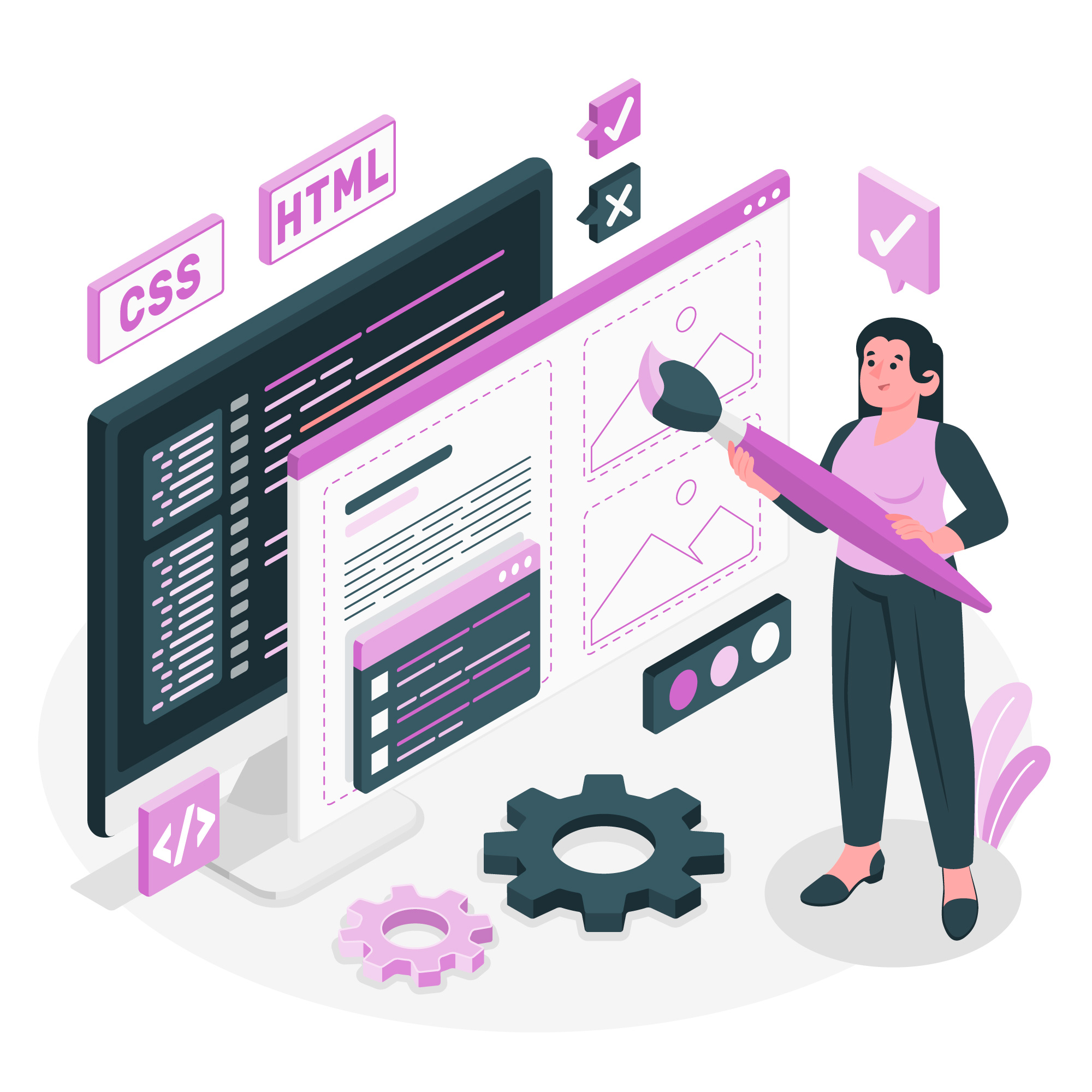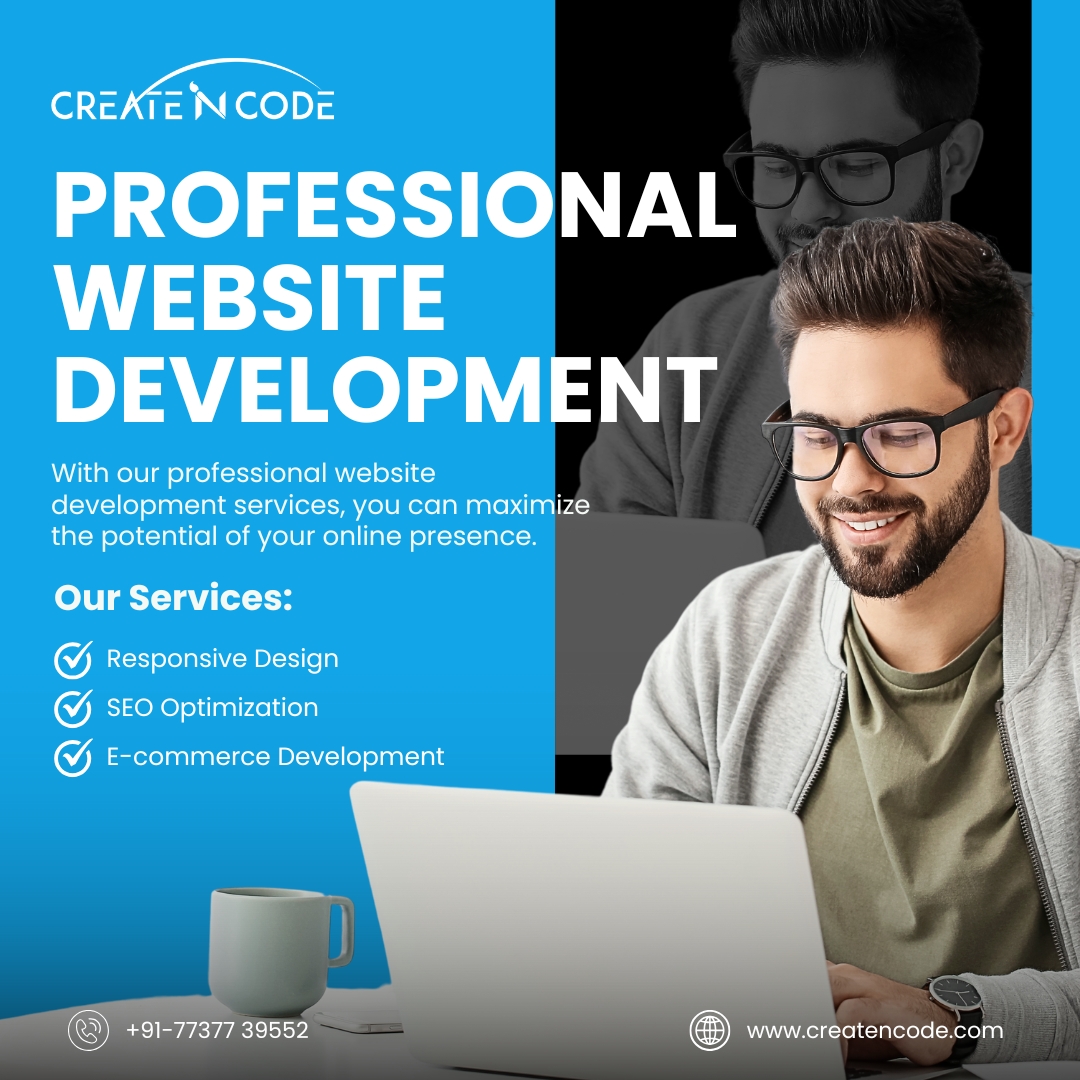To deliver a great user experience and increase conversions, firms in the ever-changing e-commerce space must keep up with the latest design trends. A number of cutting-edge trends are reshaping the e-commerce website design industry as 2025 progresses.

Latest Trends in Best Ecommerce Websites Design 2025
1. Mobile-First Design for Ecommerce Web Development Project
Trend: Mobile-first design has become essential as more people buy on their mobile devices. By giving the mobile experience top priority, this strategy guarantees easy navigation and functionality on smaller screens.- Fact: 73% of all e-commerce sales worldwide in 2023 will come from mobile devices.
- Benefit: Improves mobile shoppers' experience, which may lead to a rise in conversions and client happiness.
- Be Careful: Prioritize mobile design while making sure the desktop experience is not negatively impacted.
2. Integration of AI and Machine Learning for Ecommerce Website Development Project Plan
Trend: To automate customer support, recommend items, and customize user experiences, e-commerce companies are integrating AI and machine learning.- Fact: For straightforward questions and quicker answers, 77% of customers prefer utilizing chatbots.
- Benefit: Offers customized shopping experiences that increase sales and consumer engagement.
- Be Cautious: Make sure AI applications adhere to data protection laws and respect user privacy.
3. Customized User Interfaces for Ecommerce Web Development Indore
A growing number of e-commerce companies are using artificial intelligence and data to provide individualized user experiences. Based on surfing history, interests, and activity, this includes personalized information, targeted promotions, and product suggestions. Advantages:- Enhanced user relevance and engagement
- Increased average order values and conversion rates
- Increased consumer retention and brand loyalty
- As an illustration, Amazon's recommendation engine offers a customized shopping experience by making product recommendations based on a user's previous purchases and browsing history.
4. Virtual reality (VR) and augmented reality (AR)
The way consumers engage with things online is being revolutionized by the combination of AR and VR technologies. These capabilities are being added to e-commerce websites so that customers may virtually try on or see things in their own environment, improving the shopping experience and cutting down on returns. Advantages:- Enhanced decision-making and product visualization
- Enhanced participation and interaction
- Lower return rates as a result of improved sizing and fit
- As an illustration, the Ikea Place app lets users digitally arrange furniture in their homes to get a better idea of how it will fit and appear.
5. Social Media Integration and Shoppable Content
By including shoppable features in their content, e-commerce websites are obfuscating the distinction between commerce and content. This includes tools that make it simpler for users to find and buy things right from the content they interact with, such as shoppable blog posts, shoppable videos, and shoppable Instagram posts. Advantages:- Enhanced visibility and finding of goods
- Increased conversion rates from visitors generated by content
- Improved connections between brands and consumers through interesting content
- An illustration of this may be found on Nordstrom's website, where users can explore and buy products straight from the retailer's social media feeds.
The Advantages of Tracking Trends in ecommerce web development project
Improved User Experience: Companies may provide a more straightforward and pleasurable purchasing experience by keeping up of design trends. Higher Conversion Rates: By reducing friction in the purchasing process, contemporary design components and technologies can raise conversion rates. Competitive Advantage: In a market that is changing quickly, organizations can maintain their competitiveness by following design trends. Enhanced Brand Perception: A modern, well-designed website can boost consumer trust in the brand. Improved Mobile Performance: Mobile-first design trends guarantee that websites function properly on mobile devices, catering to the expanding mobile consumer base.
What are the essential elements of successful ecommerce web design company ?
1. User-Centered Design Significance: User-centered design prioritizes the requirements, inclinations, and actions of the intended user base. This strategy guarantees a smooth, user-friendly, and intuitive buying experience on the website. Qualities:- Simple browsing made easier with intuitive navigation that makes it easier for customers to find things quickly.
- Call-to-Actions (CTAs) that are clear help consumers complete specified tasks or make purchases.
- Responsive design makes ensuring the website works and looks good across a range of platforms, including PCs, tablets, and smartphones.
- Product management: Adding, modifying, and classifying items is simple.
- Order management: Simplified procedure for managing payments, shipping, and orders.
- Customer relationship management (CRM): Data and interaction management tools for customers.
- Professional graphics: Icons, banners, and high-resolution pictures that perfectly capture the essence of the brand.
- Using the same colors, fonts, and styles throughout the website is known as consistent branding.
- Clean Layout: A well-planned layout that keeps important components prominent and minimizes chaos.
- Artificial Intelligence (AI): AI can be applied to chatbots for customer service, predictive analytics for inventory management, and tailored product suggestions.
- Customers may see things in their own environments with augmented reality (AR), which increases their trust while making purchases.
- Finding and focusing on pertinent keywords for product pages and content is known as keyword research.
- Optimizing meta tags, headers, pictures, and URLs for improved search rankings is known as on-page SEO.
- Information strategy is the process of producing interesting and useful information that draws in and keeps readers.
What is approach to designing user-friendly and visually appealing e-commerce websites by top ecommerce website development company in Indore ?
1. Recognizing the Needs and Behavior of Users
User Study and Evaluation: The best businesses in Indore for developing e-commerce websites start their design process with extensive user research. For a website to be effective, it is imperative to comprehend the needs, tastes, and buying behaviors of the target audience. Interviews and Surveys: Businesses frequently employ questionnaires and in-person interviews to get firsthand feedback from prospective customers on the features and capabilities they value most. Review of Analytics: Analyzing data from websites that already exist can yield useful insights about user behavior, including conversion rates, popular products, and navigation patterns.2. Stressing Design with the User in Mind
Navigating With Intuition: A user-friendly e-commerce website needs to have simple navigation so that users can quickly and easily locate what they're looking for. Clearly Defined Menu Structure: Users can locate things without confusion when a menu is well-organized and has properly designated categories. Search Functionality: Having a powerful search function with filters and sorting choices makes it easier to locate particular products.3. Producing Eye-Catchy Designs
Superior Graphics: One of the most important aspects of drawing in and keeping clients is visual appeal. High-quality photos, videos, and graphics that effectively showcase products should be included on e-commerce websites. Product photography: Expert photographers capture details in their products from a variety of perspectives, giving potential buyers more assurance when making a purchase. Lifestyle Photos: Including photos of products in use might assist clients in visualizing how the items will fit into their lifestyles.4. Making Use of Modern Technologies
Artificial Intelligence (AI) To improve customer experience, e-commerce companies are progressively integrating AI technologies. This comprises: Particularized Suggestions: In order to offer individualized product recommendations and boost the likelihood of upselling and cross-selling, AI algorithms examine user behavior. Chatbots: By using AI-driven chatbots, businesses can instantly assist customers by responding to their questions and helping them through the purchasing process.5. Including On-Page SEO Best Practices
Leading e-commerce website building firms are aware of how crucial SEO is to generating natural traffic. They include best practices for on-page SEO, like:- Enhancing search engine ranks through the use of pertinent keywords in product descriptions, titles, and meta tags is known as keyword optimization.
- Implementing structured data, or schema markup, improves search results by giving users access to additional information through rich snippets.
Ecommerce Website Development Cost Breakdown :
a. Registration of Domain Names Acquiring a domain name is the first step in developing an e-commerce website. Customers will use this web address to access your website. Usually costs between $10 (800 rs) and $50 (4000 rs) a year, depending on the registrar and domain extension (.com,.net, etc.). b. Domain Registration- To make your website available online, you must have web hosting. The kind of hosting you select will have a big impact on your expenses.
- The most economical choice, ideal for small organizations, is shared hosting. The monthly costs vary from $5(400 rs) to $20 (1600 rs).
- VPS Hosting: Suitable for medium-sized organizations, it provides more resources and control. The monthly costs vary from $20(1600 rs) to $100 (8000 rs).
- Dedicated hosting is ideal for big companies with plenty of traffic. Prices may go beyond $100 (8000 rs) a month.
- Shopify: With transaction costs added, monthly subscriptions start at $29 (2400 rs) and go up to $299 (24000).
- WooCommerce: WordPress plugin that is free, however hosting, themes, and extensions can get expensive.
- Magento: Provides a Community Edition for free, but business options.
- Payment gateway integration enables customers to safely make purchases. Square, Stripe, and PayPal are typical choices.
- Setup Fees: The setup fees for certain gateways might range from $500 to $0.
- Transaction Fees: The majority of gateways impose a percentage fee on each transaction, usually 2.9% + $0.30.



